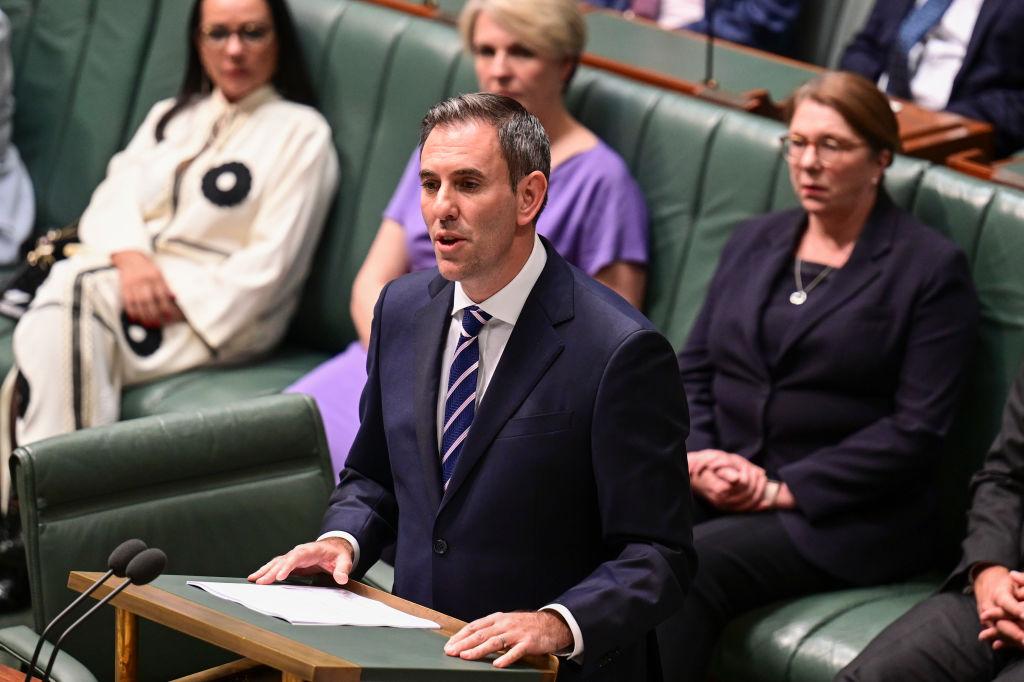Treasurer Jim Chalmers has denied that Labor’s forthcoming employment white paper was in conflict with the Reserve Bank of Australia’s (RBA) unemployment rate target.
Mr. Chalmers said the aim of the white paper was to get the unemployment rate as low as possible, but without setting a specific statistical target like the RBA’s non-accelerating inflation rate of unemployment (NAIRU) of 4.5 percent.




